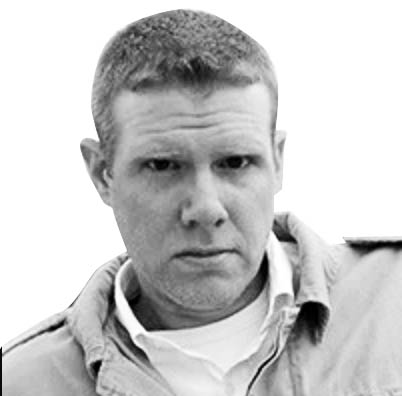World
Herika Martinez/AFP via Getty
A New Twist in the Horrific Massacre of American Moms and Kids in Mexico
VENDETTA
There is little doubt the victims were targeted, but the question remains: Why? Was the issue drug trafficking—or could it have been water?

Trending Now





